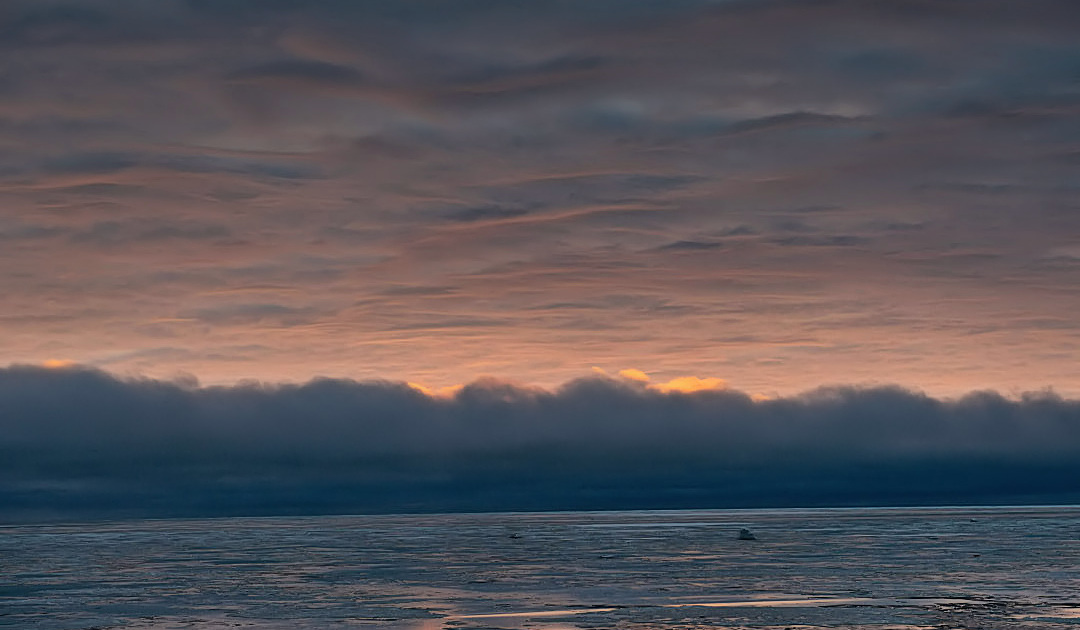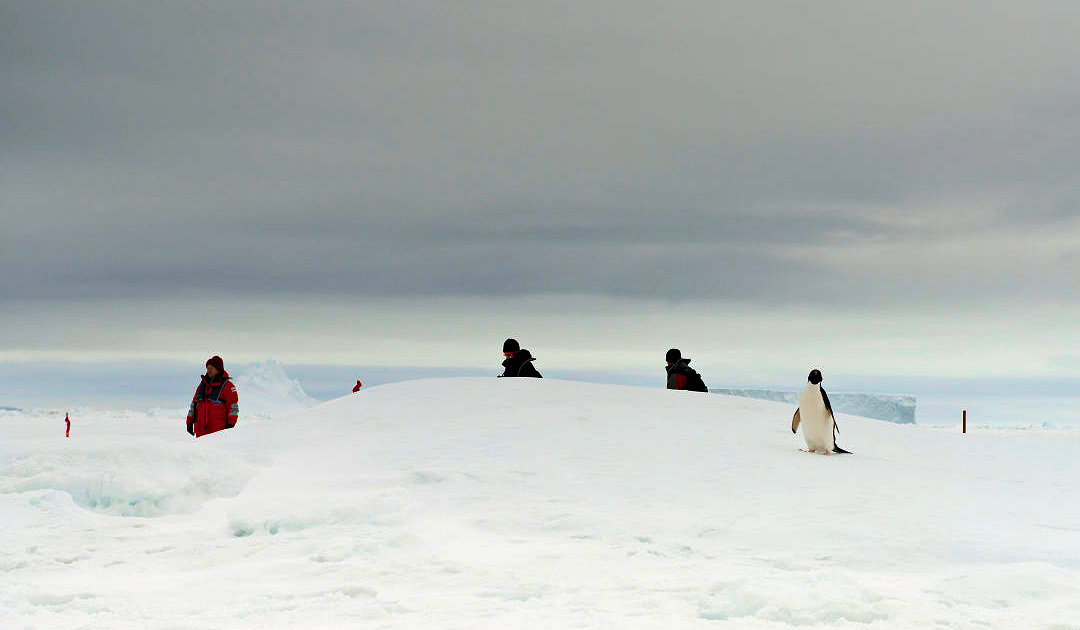
After the COVID measures were relaxed again in many European countries, a soft light seemed to shine again on the polar journeys, similar to the sky after the polar night. The first companies set out to offer expeditions on their ships again after presenting an extensive safety concept to the authorities. The first journeys were also promising. But since the end of last week, the original dream of re-launching expeditions has turned into a global nightmare. This week, despite the safety measures, COVID-19 outbreaks were recorded on several ships, both among crews and guests.
The most violent and probably the most far-reaching eruption was recorded on the “Roald Amundsen”, one of the two newest expedition ships of Hurtigruten. Since this case was the biggest and most complex this week, here’s a summary of what happened: Since this case was the biggest and most complex this week, here’s a summary of what happened:
First COVID infections…
After the ship had arrived back in Tromso at the end of an expedition to Svalbard, four sick members of the crew tested positive for COVID-19. The company then ordered the entire crew to be tested. However, 177 guests who were on the trip had already been disembarked in advance. What followed must have felt like a bad nightmare for the company management: with each hour the number of positively tested crew members (most of them nationals from the Philippines, which is on the red list of Norway) increased, the ship was quarantined and the guests who were already on their way home, some of whom were still in Tromso, had to be informed and sent into self-isolation.
… draw more and more circles
But this was only the beginning of an even greater misery: Shortly afterwards it became known that a guest from a previous departure had already tested positive for COVID-19 in his hometown days before and Hurtigruten had not immediately informed the other guests of the same departure. The longer the affair lasted, the more details came to light, and the police began investigating for violations on the infection control law.
“Hurtigruten has been one of the driving forces for the government to open up for this type of activity.”
Bent Høie, Minister of Health of Norway
Hurtigruten CEO Daniel Skjeldam, who had faced the media from the start and admitted mistakes in communication and the application of the law, was reprimanded from all sides, especially by the Norwegian government. Norwegian Health Minister Bent Høie told the media that confidence in Hurtigruten had been weakened. “Hurtigruten has been one of the driving forces for the government to open up for this type of activity, and provided very convincing documentation of how seriously they should take this, so it is a pity that we have come into this situation. It is sad that we are here now.”
… and end in disaster
What began as a hopeful relaunch of the expedition industry ended with 41 sick crew members and 21 guests of the “Roald Amundsen” (as of 06.08.20), the isolation of 386 people in 69 Norwegian communities, a complete stop of the Hurtigruten expedition voyages (not affecting the postal route), a Norway-wide landing ban on ships with more than 100 people for 14 days, police investigations, suspicion of a cover-up of the incidents by Hurtigruten and now further COVID-19 suspected cases on two other ships of the company, which have proved to be negative, at least at present.

In addition to the outbreaks on Hurtigruten ships,at mid-week Norwegian media also reported a positively tested passenger on the “Sea Dream 1”, a 120-passenger cruise ship that had been sailing near the Lofoten. The passenger had been on board on the previous journey and was tested positive for the virus on his return to Denmark. The ship went to Bodø, where it went into quarantine and all 218 people on board, crew and guests, were tested in the days after that. Fortunately, all tests were negative. But the situation was very unpleasant. In addition, the whole affair draws bigger circles, since the journey with the positively tested passenger had ended its journey at the beginning of the week in Tromsø and all passengers returned home from there. These must now all be informed and tested, and go into self-isolation.

In Alaska, too, the expedition cruise market should have reopened this week. The “Wilderness Adventurer” of UnCruise Adventures was the first ship to sail along the Alaskan coast with passengers and experience the North American sub-Arctic wilderness. According to the operating company, very strict and serious measures had been taken to keep the virus out of the ship. But just a few days after the departure, which had been celebrated with a lot of hope and Facebook live broadcast, the ship had to return to Juneau with a COVID-positive guest. The guest, who had entered Alaska with a four-day-old negative COVID-19 test, was routinely retested at the airport. This one was positive. But it wasn’t until Tuesday that the ship was contacted by authorities, and all passengers in their cabins had to be quarantined. The ship is now back in Juneau and the passengers have been quarantined at a hotel, the crew will remain in quarantine on the ship. All people are currently being tested.

The above incidents are just the tip of the iceberg of COVID outbreaks on ships. The major shipping companies such as TUI, AIDA and Costa have also had positive cases among their crew members on board since the beginning of the week. As the website
Still bleak prospects for Antarctic season
For the upcoming Antarctic season, the current situations and reports already spell trouble. Moreover, Argentina has still closed its borders and will maintain its lockdown until at least mid-August. In Australia and New Zealand, the borders will remain closed to overseas tourists until the end of the year. And in Chile, the situation is currently confusing. The Falkland Islands have also decided that the current quarantine regulation and restrictions on visitor permits will remain in place until at least the end of the year (with continuous monitoring of the situation). This does not bode well for the Antarctic season, which starts in two months. Some providers have already cancelled their season completely or at least cancelled their first journeys and rebooked the passengers onto next year’s voyages. It is also difficult to predict how far this week has caused damage to the polar travel industry’s image and whether it will have caused damage for next year’s Arctic season. But at least one thing is certain: the concepts that have been presented so far, and which were actually considered prudent and good, do not stand up to the reality of the virus. And at the moment, no one seems to have any better proposals.
Dr Michael Wenger, PolarJournal
More on the subject:






Please edit! You have a bunch of text randomly repeated, destroying a good article
Thank you, Ted! Due to an internal error in the program, it had repeated some of the blocks. It is fixed now. And thank you for your kind word concerning the article.
Best Regards
PolarJournal